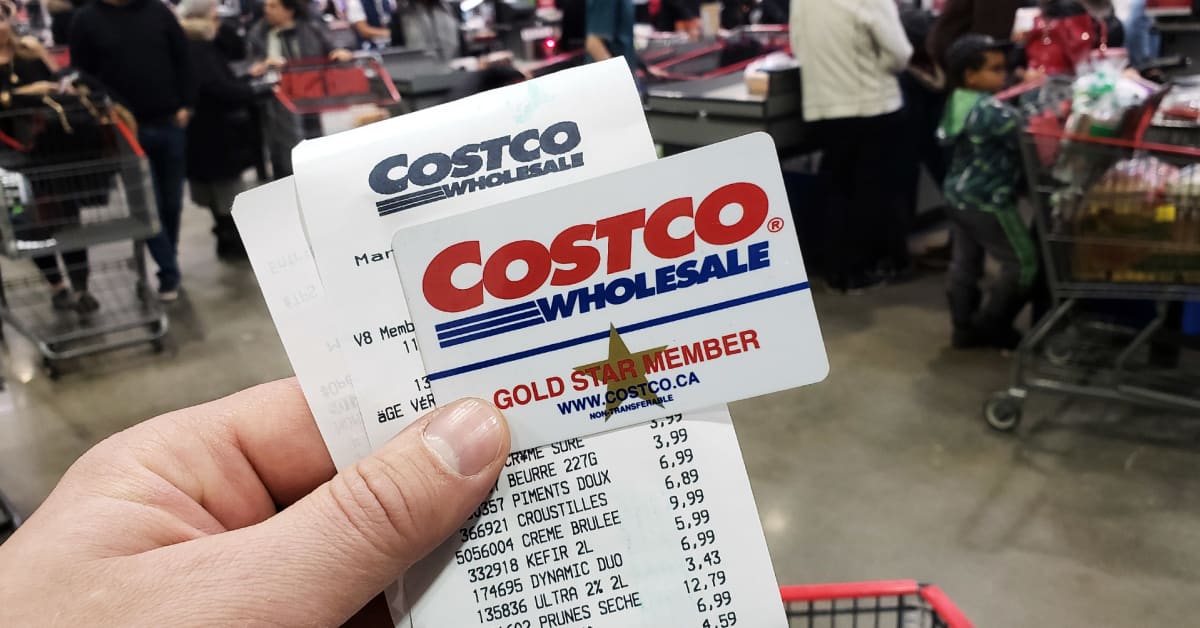
The Shifting Sands of Consumer Spending: A Costco Perspective
The retail landscape is constantly evolving, and lately, the tremors are becoming more pronounced. While many retailers focus solely on sales figures, a closer look at consumer *behavior* reveals a fascinating and potentially disruptive shift. One company, known for its deep understanding of its customer base, is sounding the alarm: a change in spending patterns is underway, and its implications are far-reaching.
This isn’t about a sudden crash or widespread economic downturn. Instead, it’s a subtle but significant realignment of how consumers prioritize their spending. Think of it as a slow, tectonic shift, rather than a sudden earthquake. The changes are affecting the choices consumers make, and consequently, the fortunes of retailers across the board.
The key takeaway is this: consumers are becoming more discerning. They’re not necessarily spending less, but they’re spending *differently*. Gone are the days of impulsive purchases and lavish spending on non-essential items. Consumers are increasingly focused on value, quality, and long-term investments.
This shift is particularly noticeable in the contrast between essential and discretionary spending. While essential purchases – groceries, household necessities, fuel – remain relatively stable, discretionary spending is showing a marked decline. This means that spending on entertainment, clothing, and other non-essential items is being curtailed. Consumers are reevaluating their priorities and focusing their resources on what they perceive as genuinely valuable.
The impact of this shift isn’t uniform across all retail sectors. Stores relying heavily on discretionary spending are feeling the pinch the most. Those that offer a mix of essential and non-essential items are adapting, while those solely focused on the latter are struggling to maintain profitability.
This strategic shift by consumers is also reflected in a growing preference for quality over quantity. Consumers are willing to invest in higher-quality, longer-lasting products, even if the upfront cost is higher. This represents a fundamental shift in thinking, moving away from a culture of fast fashion and disposable goods towards a more sustainable and thoughtful approach to consumption.
The implications for retailers are profound. Those that successfully navigate this changing landscape will be rewarded. This means adapting to the new consumer mindset, focusing on offering value for money, and understanding the evolving needs and priorities of their customer base. It requires a move away from short-term sales-driven strategies and towards a more long-term, customer-centric approach.
Simply put, reacting quickly to this new reality is critical for survival and success. Understanding the motivations behind these shifting spending patterns, the prioritization of value, and the growing emphasis on quality, will be essential for retailers who want to thrive in this new era of consumer behavior. The future of retail depends on adaptability, a deep understanding of the consumer, and the courage to embrace change. Those that fail to adapt will be left behind, struggling to compete in a market that’s evolving at an unprecedented pace.



Leave a Reply